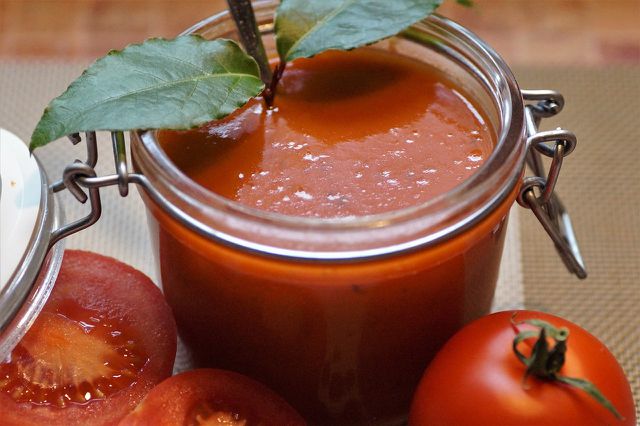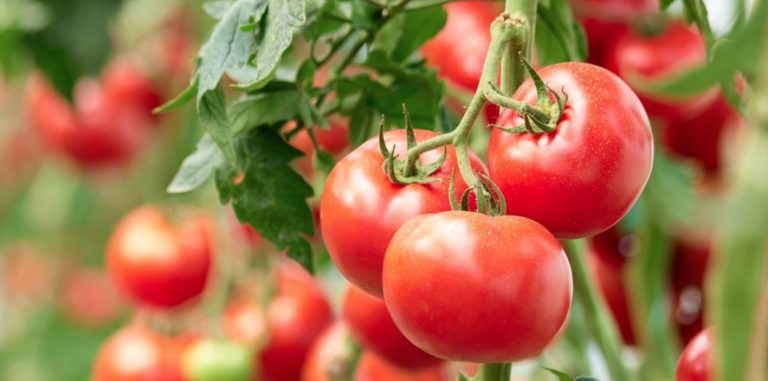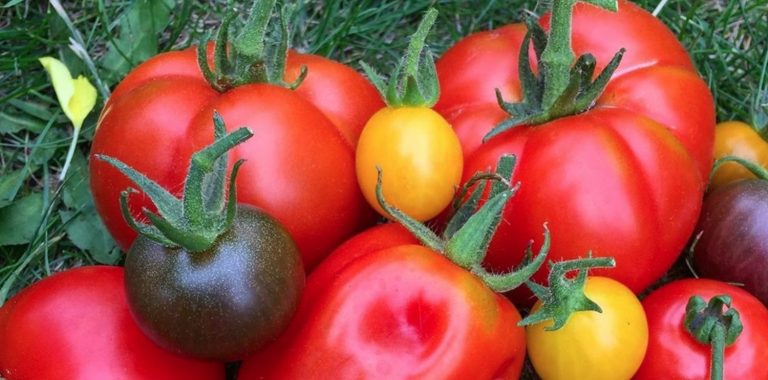Tomatoes can be frozen, but they lose their flavor in the process. You can read here what you should pay attention to and when it makes sense to freeze tomatoes.
Freezing tomatoes: Only good quality, please

Tomatoes are wonderfully aromatic and a real treat in summer. If you have too many tomatoes, you can freeze them so they don’t break. Here, however, it is important that the tomatoes are not soft and have no rotten spots or bruises. You should also remove the green stalk.
Of course, it only makes sense to freeze tomatoes if you really can’t process them fresh. Because when they freeze, they lose their aroma – after defrosting, you can no longer eat them raw, for example in a salad, but should cook them. It is ideal if you process them into a tomato sauce, for example.
Three ways to freeze tomatoes
You now have several options for freezing tomatoes:
fresh and freeze whole
Freeze cut into small pieces
pureed (and seasoned) and freeze as a sauce
tomatoes in one piece
If you freeze the tomatoes whole, you should remove the skin first. During the freezing process, the water in the fruit expands and the tomato can burst. You can easily remove the skin by blanching the tomatoes briefly and then carefully peeling off the skin. (More info: Peeling and skinning tomatoes: easily with a simple trick)
Place the round tomatoes, which are still whole, on a small baking sheet or similar surface (e.g. cutting board) and place in the freezer.
As soon as they are frozen, take out the pads and put the tomatoes in a cotton bag, for example, and put them back in the freezer.
Sliced Tomatoes
For the diced version, you don’t need to skin the tomatoes because slicing them gives them room to expand.
Dice the tomatoes, remove the core and place in a mason jar.
After the small pieces of tomato have thawed, they are particularly good for pizza toppings or sauces that you don’t want to have a completely smooth puree.
Pureed tomatoes

The easiest way to freeze tomatoes is to freeze them already pureed and ideally seasoned.
For example, you can use the plastic-free method with ice cube trays.
In addition, if it has to be quick, you have a ready-made tomato sauce immediately.
So prepare the tomatoes according to your favorite recipe, let them cool and then freeze them. Alternatively, you can cook them without spices and freeze them.




